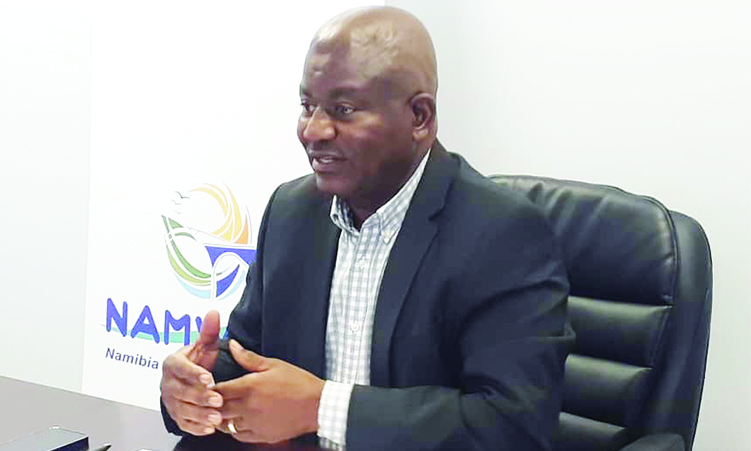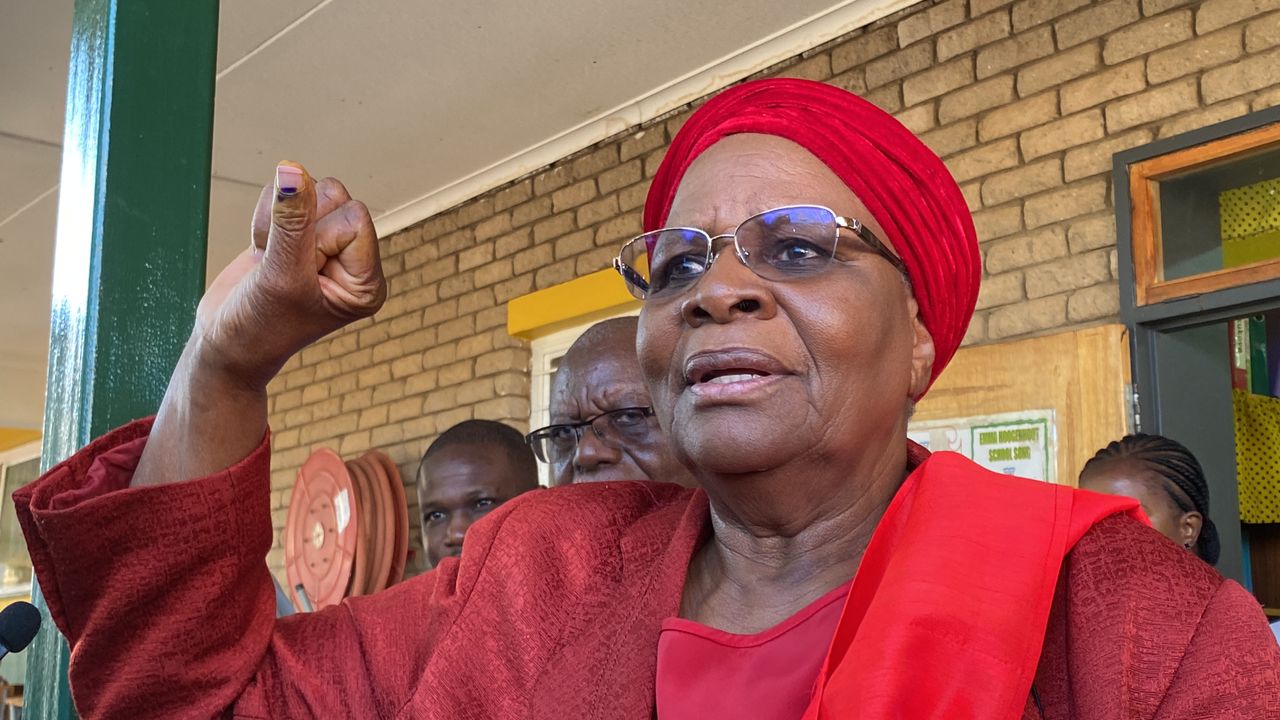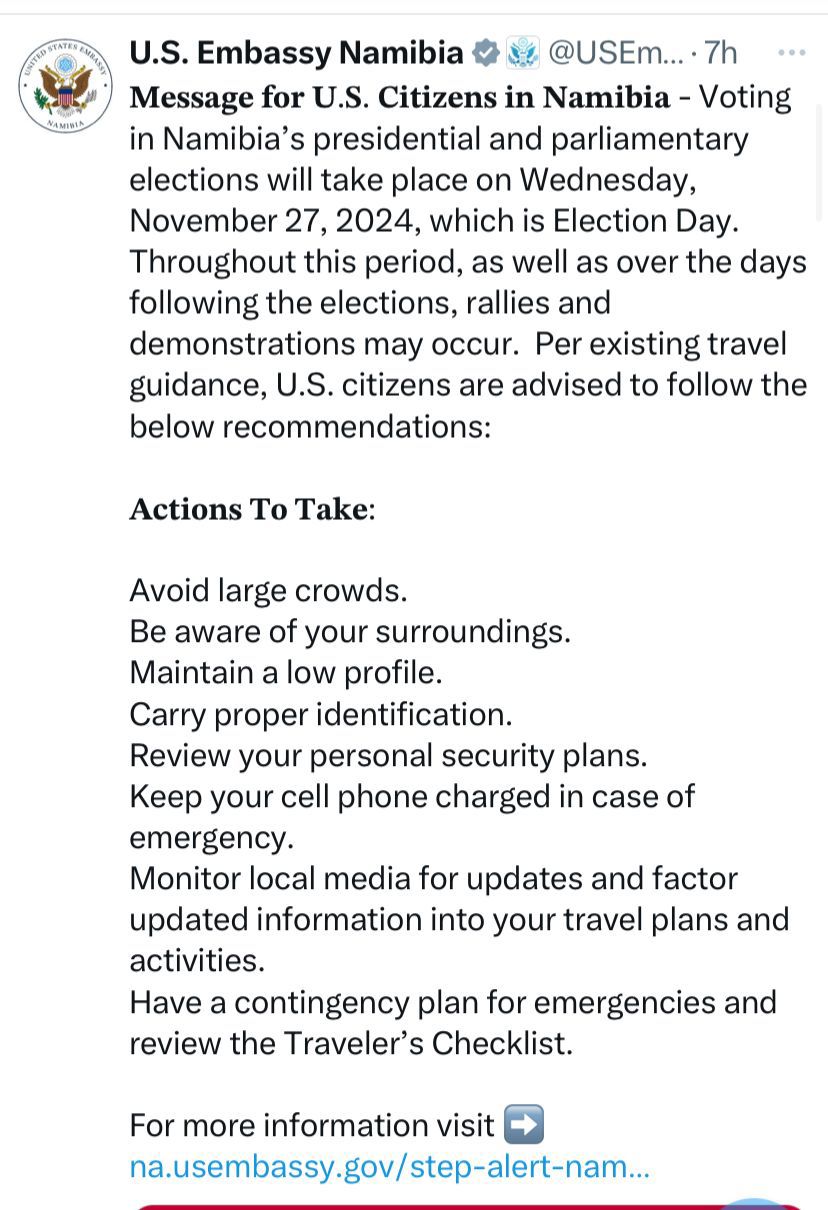THE government has obtained land to construct a desalination plant in the Namib Desert.
This was confirmed by NamWater chief executive officer Abraham Nehemia yesterday in Windhoek yesterday.
Nehemia said the government is in the process of building a desalination plant through NamWater to secure water supply at the central coast and in central Namibia.
The Erongo Regional Council has donated land for the plant, adjacent to the existing Orano desalination plant owned by French state-owned Orano Mining Namibia, which was previously known as Areva Resources Namibia.
“The good thing is that the land is actually given to us by the regional council. So it is a government-to-government thing; it is not really much of a problem,” he said.
He said a study done two years ago on the viability of the plant in the Namib Desert has been submitted to Cabinet.
“We were then given some additional tasks by the Cabinet to work on things like finding land and sorting things out with NamPower for electricity. There are a lot of things that we were tasked to do, and most of these things are now almost completed,” he said.
NamWater is currently working on the finance model, after which they will go into procurement and construction of the plant, according to Nehemia.
He said the cost of the desalination plant will only be known once the designs are complete.
“The emphasis that we are getting from the central government is that we actually need to have this plant in place 24 months after the financial closure,” he said regarding the timeline of the project.
NamWater first revealed plans to build a water desalination plant in 1998 to deal with rising water demand in coastal areas.
The battle to construct a second desalination plant has been going on for years. Three years ago, Swakop Uranium Mine said it lost N$1,9 billion in two years because of a French state-owned nuclear company’s inconsistent water supply.
Meanwhile, Nehemia said NamWater is working on multiple initiatives to ensure water supply to the central areas, particularly Windhoek.
These include works to transport water from the north via a supply canal to Omatako Dam and up to Von Bach Dam.
Another project is to transfer water from Swakoppoort Dam to Von Bach for treatment and supply to Windhoek.
NamWater also plans to integrate dams in the southern regions into the water supply to Windhoek.
However, Nehemia said the national water entity is dealing with ageing water infrastructure.
As a result, NamWater spends between N$500 million and N$700 million per year on infrastructure, primarily pipes.
The central part is supplied by a three-dam system – the Omatako, Von Bach and Swakoppoort dams.
The water level of the three dams combined is currently at 36,1%, compared to 59,2% during the same time in 2021-2022.
Despite the low dam level and in case of low rainfall during the next rainy season, Nehemia gave the assurance that NamWater will have enough water to supply the central region until 2025.
City of Windhoek spokesperson Lydia Amutenya told The Namibian yesterday that the capital is the major consumer of water in the central area of Namibia, with about 70% of its water needs supplied by NamWater.
The remaining 30% of water comes from the city’s own sources, which are the Goreangab Water Reclamation Plant and the boreholes.
“It should thus be noted that being the major consumer, in a situation like this where water scarcity is looming due to the limited surface water in the dams supplying us, we have to kick-start our water-saving campaign.
“The campaign is aimed at sensitising our clients that the water supply outlook is not promising and we are required to save a target of 10% of our consumption,” Amutenya said about the strategies in place to ensure water supply in the capital.
Stay informed with The Namibian – your source for credible journalism. Get in-depth reporting and opinions for
only N$85 a month. Invest in journalism, invest in democracy –
Subscribe Now!






